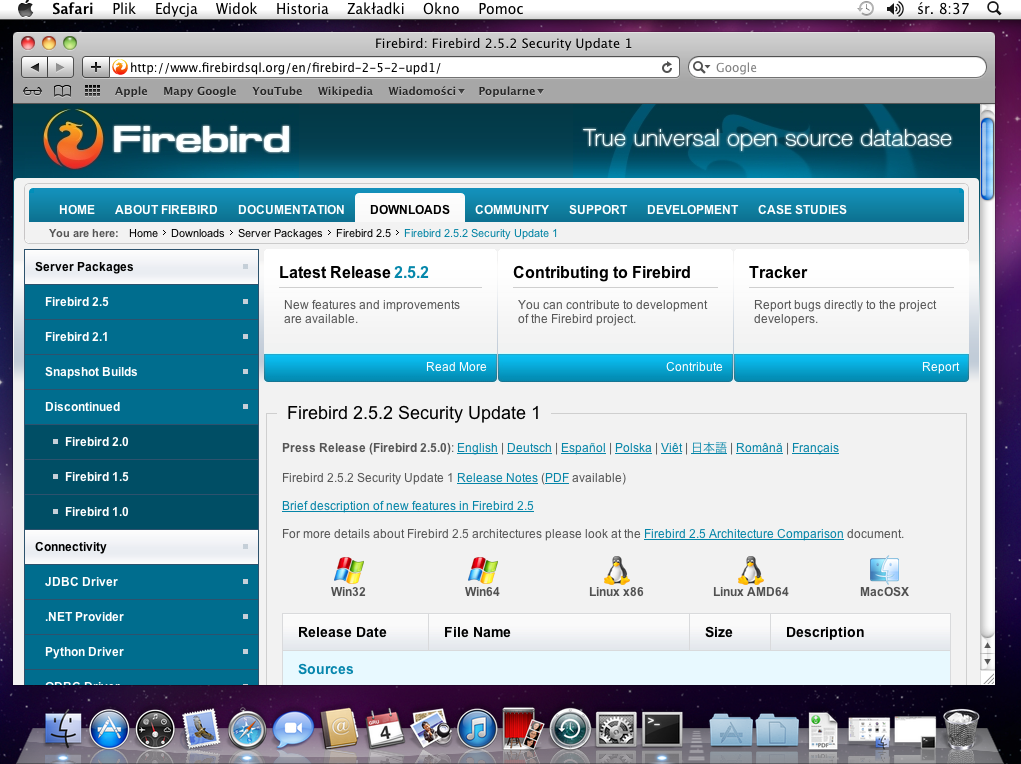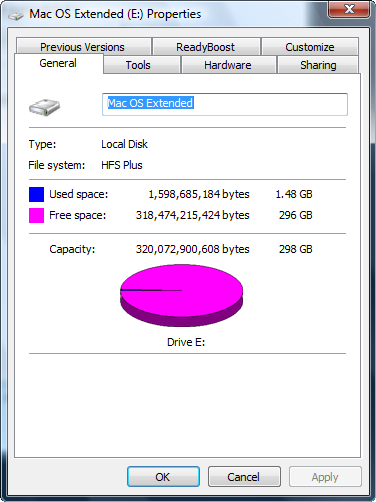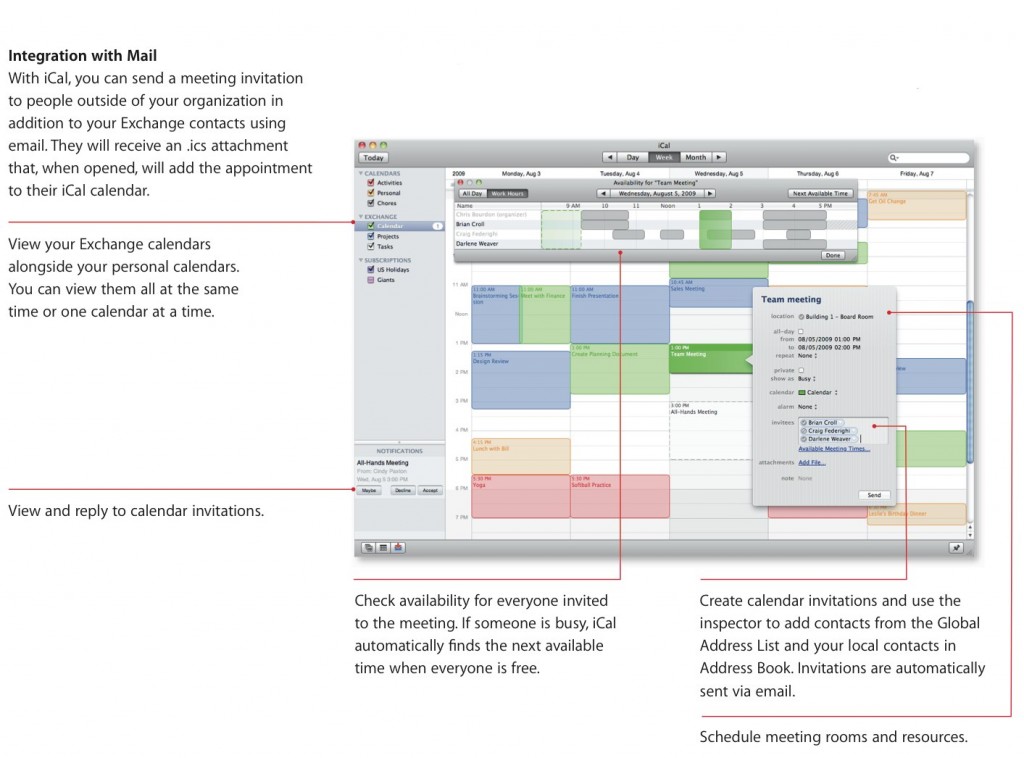
Apple is continuing that pursuit, and you can prominently see it once you start navigating and working with the OS services. In our last review of Leopard, we concluded that OS X is now ready to serve the SMB. The installation steps are comparable to the Microsoft SBS. Installing Snow Leopard Server was just as easy as installing SuSe Linux or Windows Server 2008 R2. Apple says it can run on much weaker hardware, but we don't recommend it. A typical deployment of Snow Leopard Server requires a little more horsepower, so companies with 50 or less employees will likely buy a Xserve server and upgrade the hardware as they see fit.

The Mac Pro hardware I tested the OS on came with one Intel Quad Core 2.66 GHz chipset with 3 GB of RAM. The core of OSX automation is AppleScript, with which you can expand the capabilities of the Web Server by creating Web Services. To take full advantage of the server tools, you'll want to learn about all the automation technologies in OS X, including its command line tools. The Web Server is also capable of running server side scripts such as PHP and Ruby.

For more advanced management, you need to go to Server Admin. What you get on the surface is sufficient for simple deployments. At first, I wasn't sure how to use the Web Server, for instance, as almost all of its parameters were hidden. Once you know what's on or off, you simply turn on the service that you want. Server Preferences aptly shows the Web services that are running with a green jellybean next to each service. Services and their parameters in this server OS are simplified (maybe over-simplified) in the Server Preferences. The changes, however, were challenges beyond the scope of this review (such as setting up a separate DNS server see below).įor those comfortable with Linux, Snow Leopard Server might be easy to maneuver at the command line, but the GUI is what always matters with a Macintosh. The minimum requirements are more flexible than its predecessors and you can find them here.Īpple asked me to make some tweaks to improve performance and to verify the server's configuration.

The good news is that Snow Leopard Server can run on different hardware. Price for Snow Leopard is $499 for an unlimited number of client licenses with the hardware loaner we tested came to a total of $2,998 total. Unfortunately, not everything worked out well in testing, including the performance of some tools and protocols. Aside from some minor upgrades, there are advancements that will attract small businesses, especially shops running Mac OS X clients. Apple has reduced access to the underlying Unix so you only see it if you want to use the command line. This Mac OS X-based server software is friendlier than ever. With the release of Snow Leopard Server, Apple is on track to gain ground in a market Microsoft dominates with its Windows Small Business Server 2003 (SBS).


 0 kommentar(er)
0 kommentar(er)
